Prince Edward County, Ontario, Canada
What Birds Can We Expect To See in September
Early September will see high numbers of shorebirds in suitable areas where fine shorebirding beaches such as nearby Presqu’ile Provincial Park and Amherst Island may produce upwards of 20 species of these long-distance fliers in a single day. Some of the species like both species of Yellowlegs, SEMIPALMATED, LEAST, and PECTORAL SANDPIPERS, SHORT-BILLED DOWITCHERS and SANDERLINGS that turned up last month, will continue to be seen this month as large numbers make their way through from the Arctic to wintering grounds in South America. Mostly, the shorebirds that turn up this month will be the young of the year which typically migrate later, and will join the adults of the same species that had turned up last month. So, expect to see a nice mixture of both adult and immature shorebird species this month.
Other species to expect this month are the juvenile birds of both BLACK-BELLIED PLOVER and AMERICAN GOLDEN PLOVER (photo by Dale Smith of Wellington), and WHITE-RUMPED SANDPIPER in early September, followed by LONG-BILLED DOWITCHER and WHITE-RUMPED SANDPIPER. Later species such as DUNLIN which arrived in mid-August will continue to pour in through this month. Always surprises in store with these migrations. One day a few years ago, in September, a WESTERN SANDPIPER showed up for a few days at Presqu’ile Park.
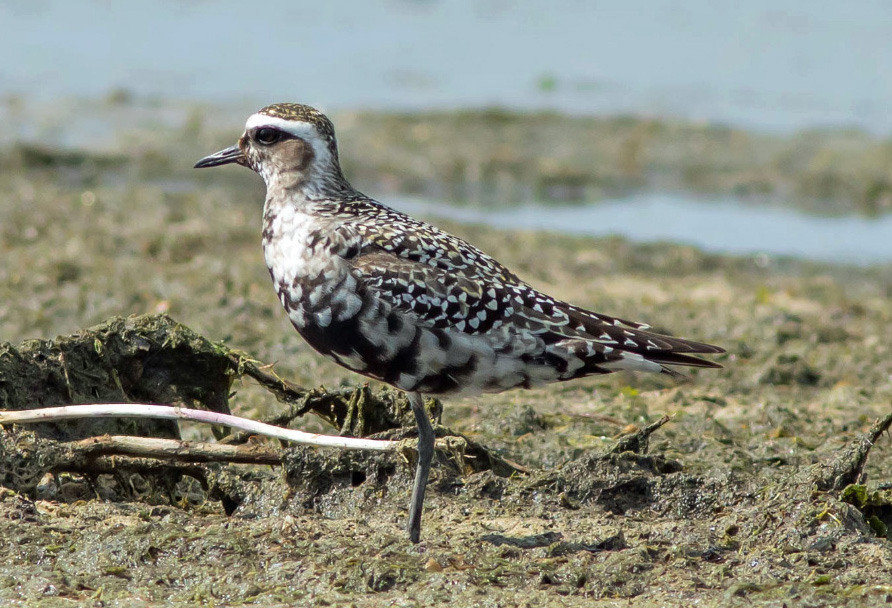
And don’t forget to check out the shorebird action at CHARWELL POINT, south of Army Reserve Road along the County’s South Shore Important Bird Area. Beware though, Charwell Point Road is best either walked from the alvar parking area at Army Reserve Road, or if driven, proceed slowly for a km and take the roadway off to the right (where there is a pile of discarded sofas, etc.) and go another km or so to the Ducks Unlimited Wetland, then proceed to the left and follow until you reach the east/west section of Charwell Point Road. At the Gull Bar spit, shorebirds and other species often hang out here as well as other species of birds.
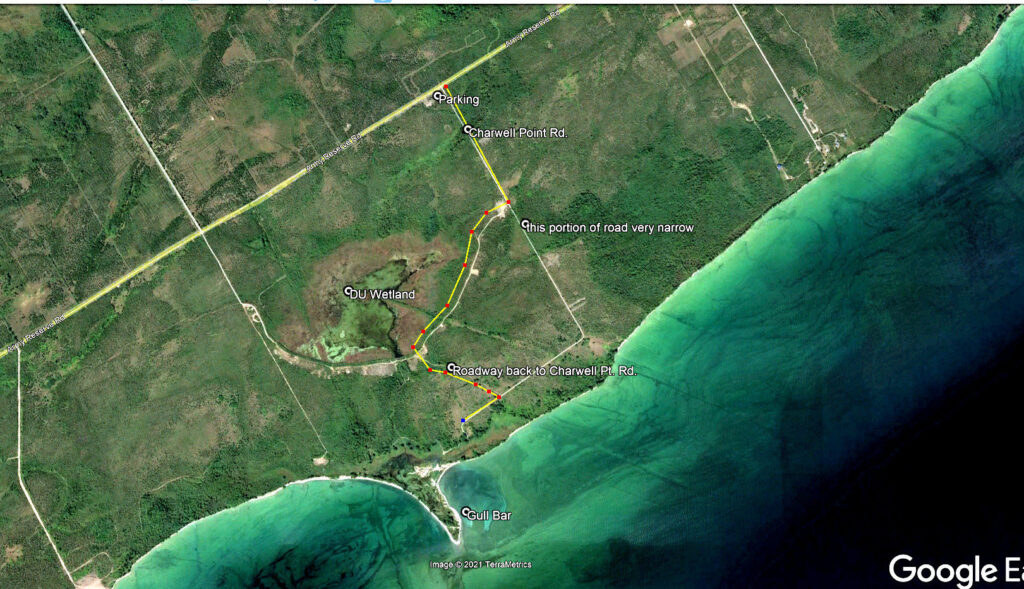
This is also the month to start watching the shorelines of Prince Edward County for migrating birds of prey. These birds are reluctant to cross the open waters of Lake Ontario, and choose to follow the inland areas along where thermals that will help them in their movement with minimal effort are strong. This migration of buteos, Accipiters, falcons, eagles, harriers and vultures will continue well into November.
The first marked drop in temperature is sure to bring a wave of warblers flooding into prime birding areas such as Prince Edward Point and West Point at Sandbanks Park, as well as nearby Presqu’ile Park. Birders whose patience has been sorely tried by relatively poor birding in August, will discover that their observations in the field will be attended by more promising results this month in the woods with birds in drab autumn plumage which Roger Tory Peterson in his Field Guide to the Birds has thoughtfully labeled “confusing fall warblers.” NORTHERN PARULA, PALM WARBLER, BLACKPOLL WARBLER and CONNECTICUT WARBLER will be passing through this month, along with increasing numbers of earlier migrants such as AMERICAN REDSTARTS, BAY-BREASTED WARBLERS, CHESTNUT-SIDED WARBLERS (photo by Helmer Nielsen of Odessa), NASHVILLE WARBLERS and TENNESSEE WARBLERS. YELLOW-RUMPED WARBLERS, resembling drab sparrows with flashes of yellow on the wings and rump, will increase in numbers this month, remaining until well into November.
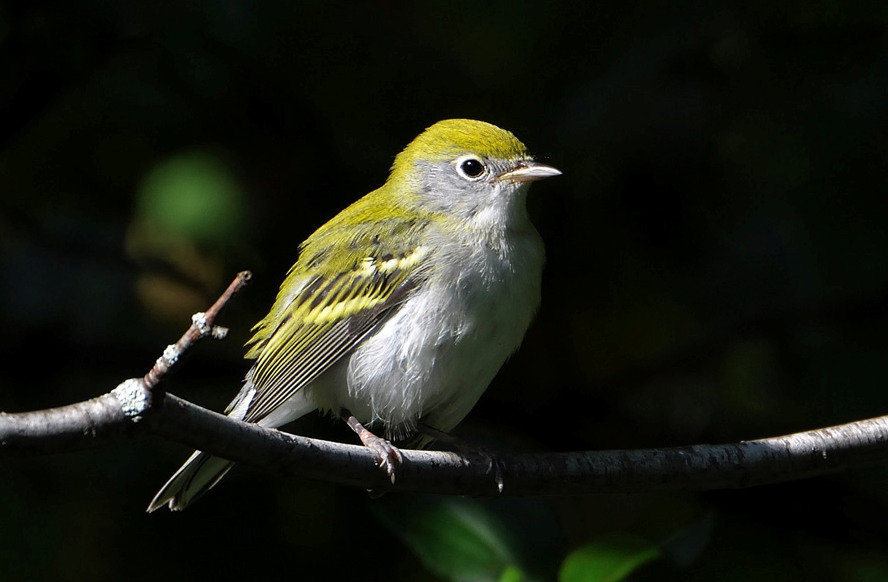
A few ducks which we normally associate with winter will have started showing up this month including COMMON GOLDENEYE and GREATER SCAUP, along with a few LESSER SCAUP toward the latter part of the month. We will need to wait until at least October before we start seeing my favorite species, the LONG-TAILED DUCK.
This is also the month when many people erect their feeding stations attracting at least a few of the permanent residents who may be in the process of seeking out feeding areas that may sustain them through the winter. Expect to have BLACK-CAPPED CHICKADEE, DOWNY and HAIRY WOODPECKERS, NORTHERN CARDINAL and WHITE-BREASTED NUTHATCH as regular clients at this time.
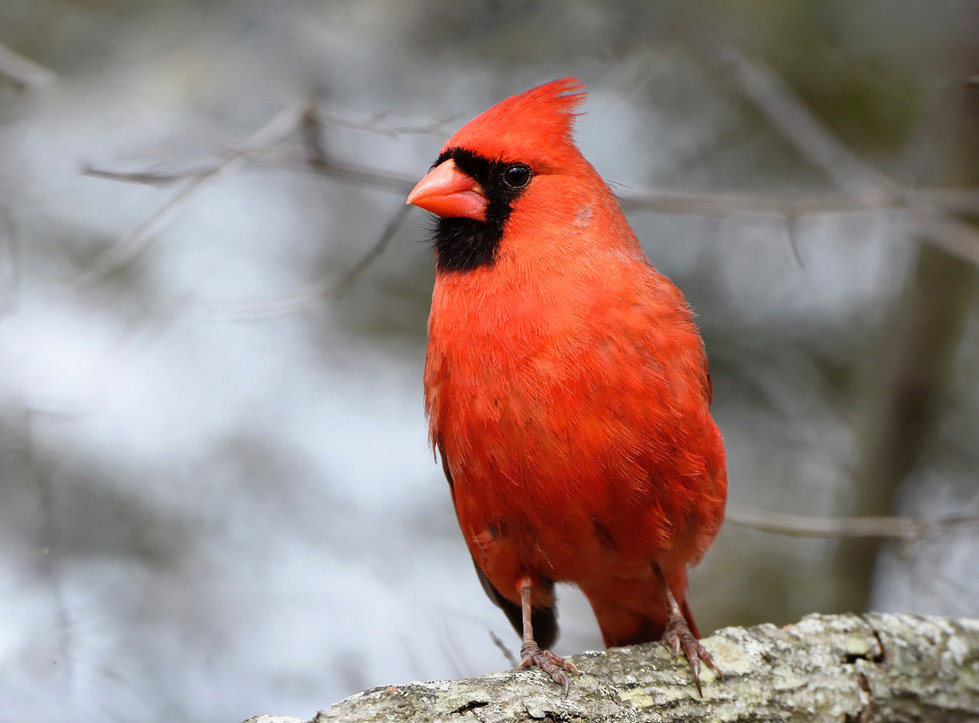
While many species of blackbirds won’t be peaking until next month, other members of the family such as the BOBOLINK will have all but left the county by early September. Large numbers of 200 or so though are seen passing over Prince Edward Point until the very end of August, continuing into early September Large flights of EASTERN MEADOWLARKS may also be witnessed this month as migrants head on out, leaving only a few individuals behind to challenge the rigours of winter. Some sparrows will be moving through this month too including SAVANNAHS, WHITE-CROWNED and WHITE-THROATED SPARROWS and DARK-EYED JUNCOS, but the best time to see large numbers of these birds is in October. Others like the GRASSHOPPER SPARROW (photo by Keith Gregoire of Belleville) and CLAY-COLORED SPARROW may still be around in September, but are harder to locate.
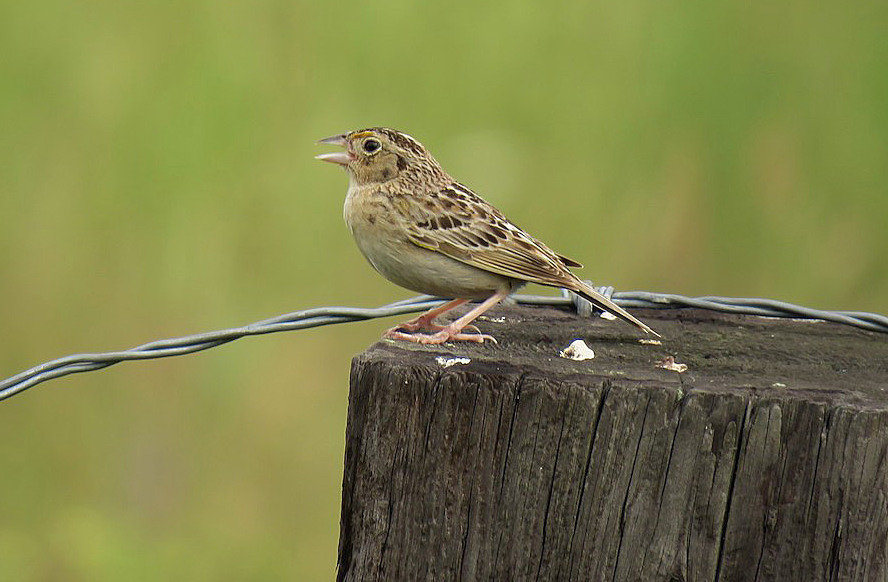
Migration of other birds including BROWN THRASHER, AMERICAN PIPIT, both species of kinglets, flycatchers, RUBY-THROATED HUMMINGBIRD, thrushes, wrens and tanagers will also be underway this month.
Birds are moving this month, but identification of these migrants isn’t the cut and dried process that it tends to be in the spring. Foliage can be quite heavy during September, most species are in drab fall plumage and are joined by similarly plumaged juveniles of the year, and very few are in full song, leaving many birders, especially those who bird by ear, mystified as to the identity of many of the migrants that pass through. There are some good field guides on the market today and electronic devices that can help in the process of sorting them all out.